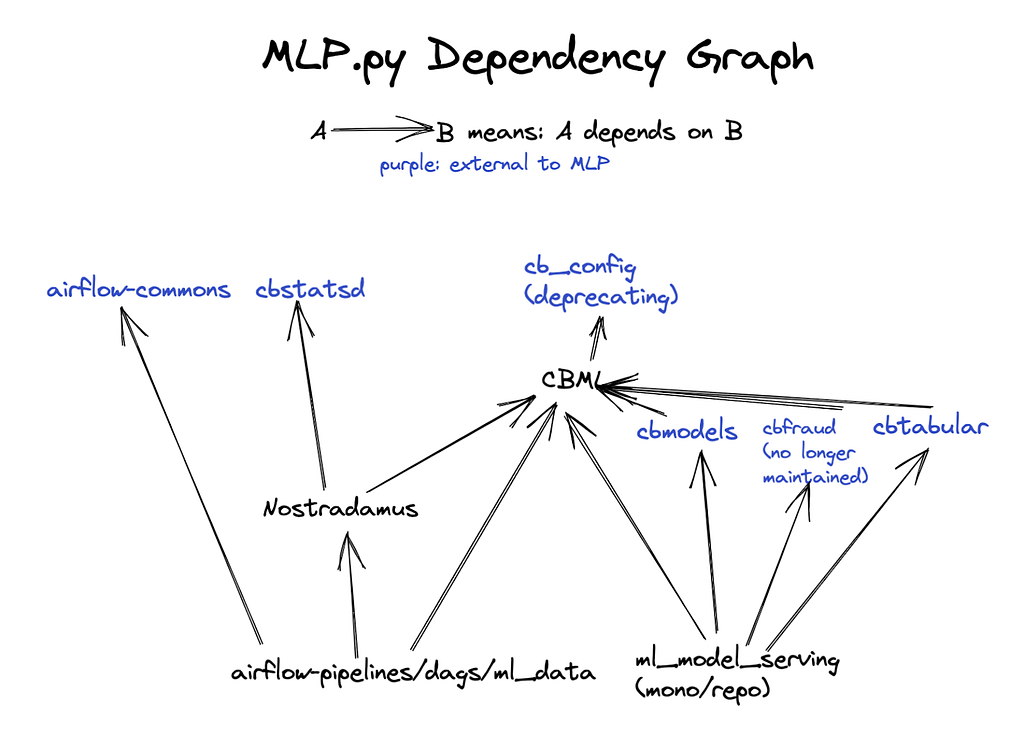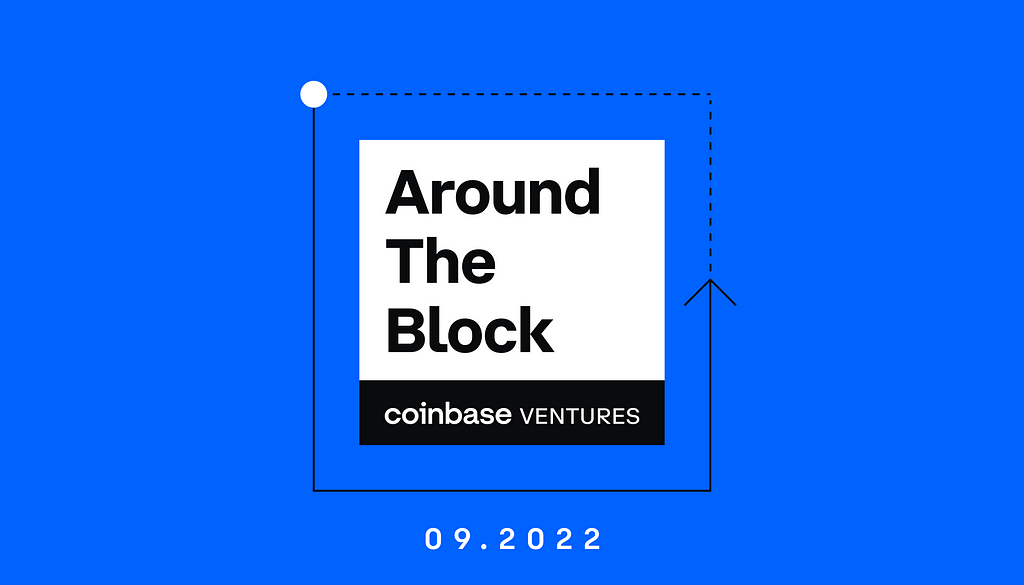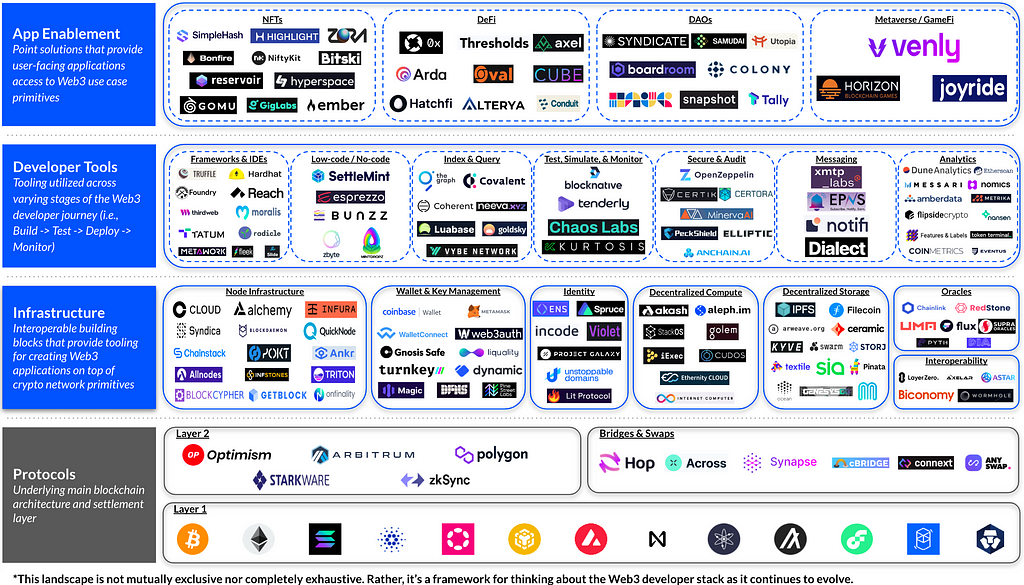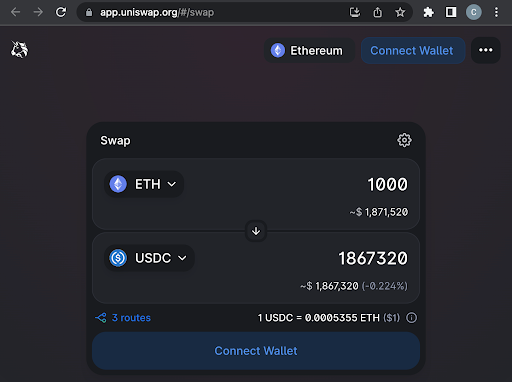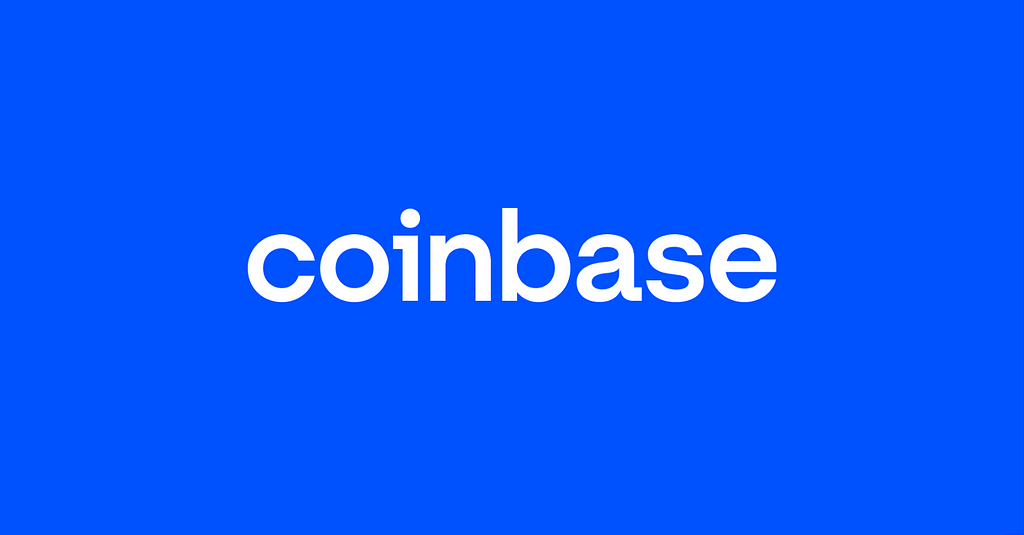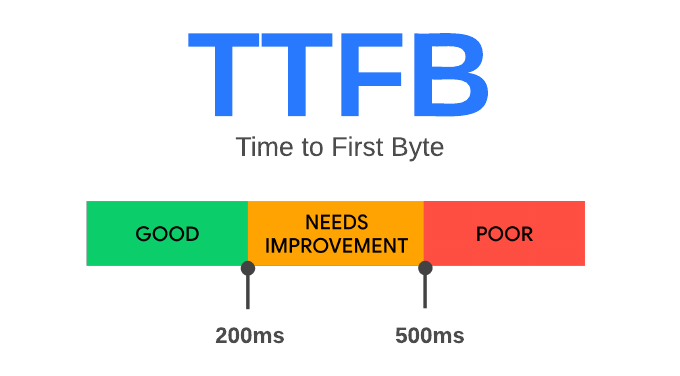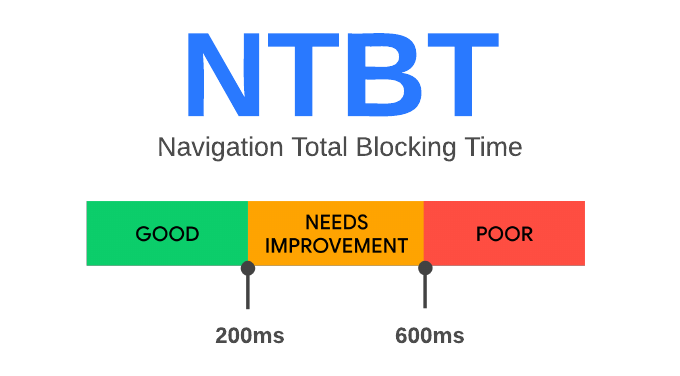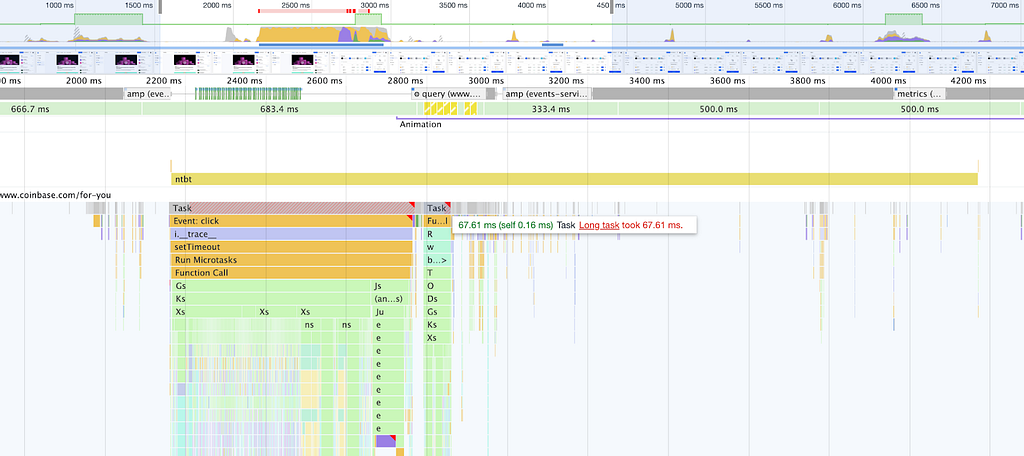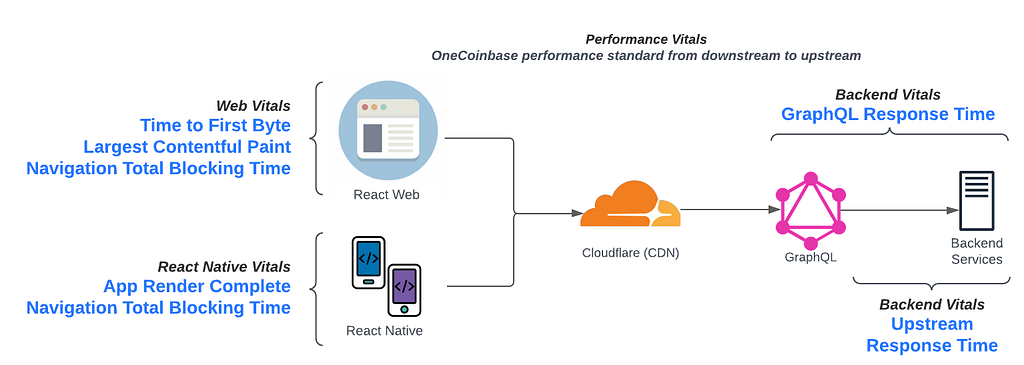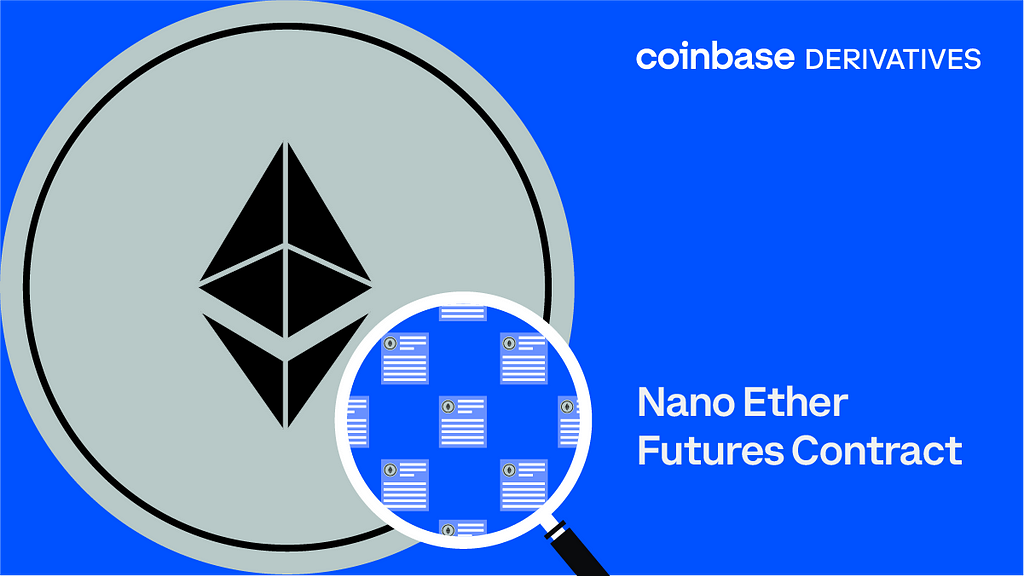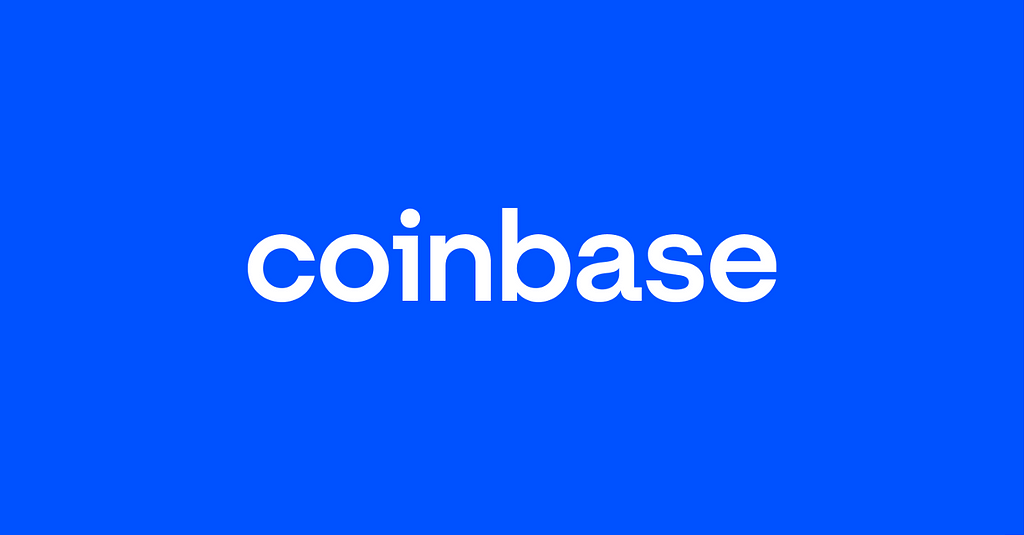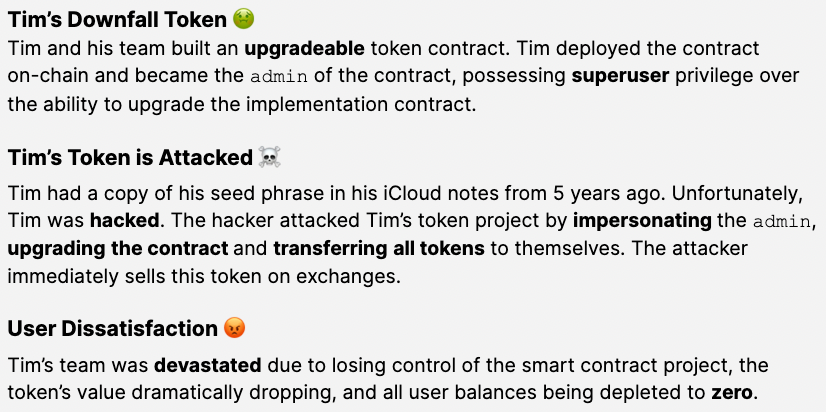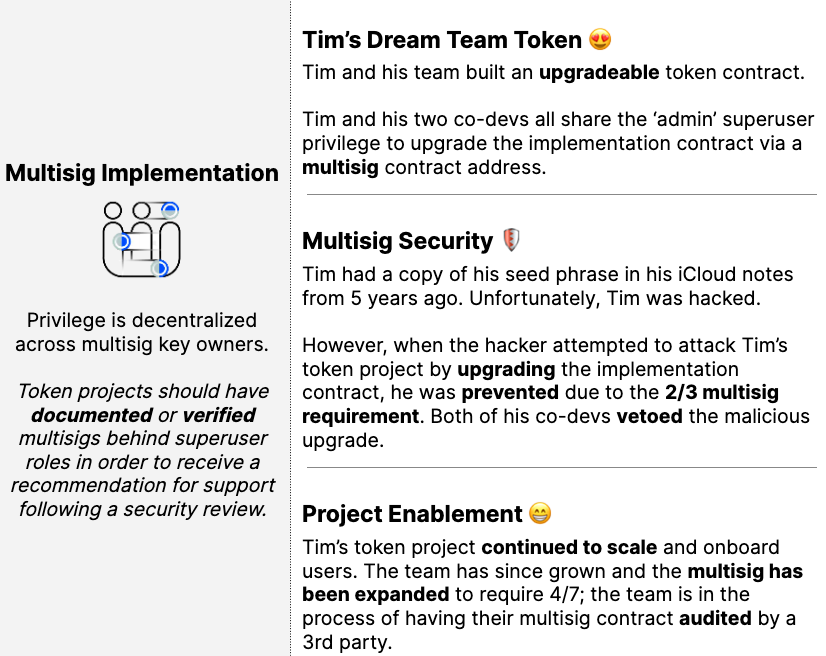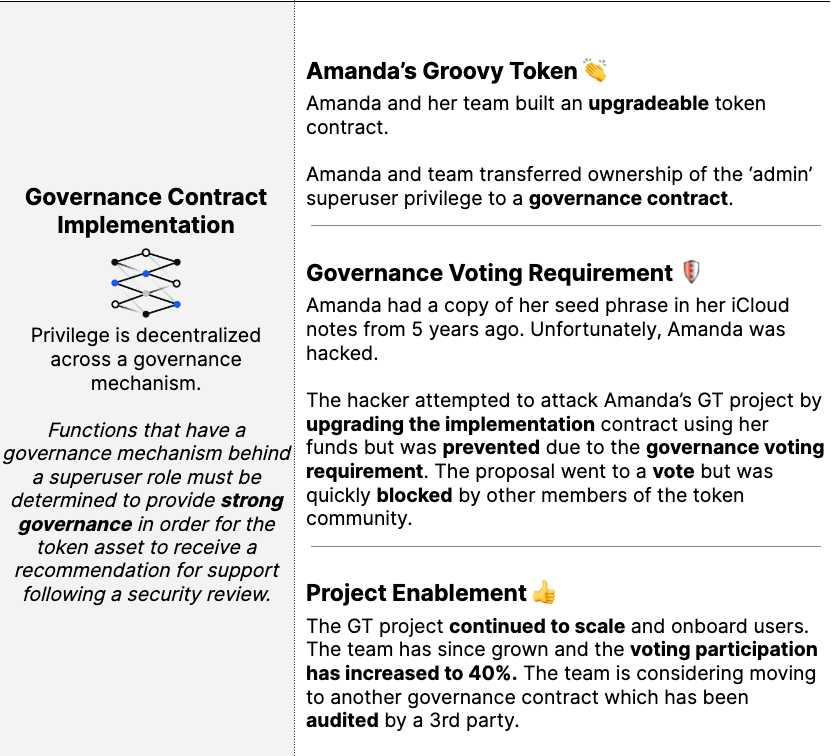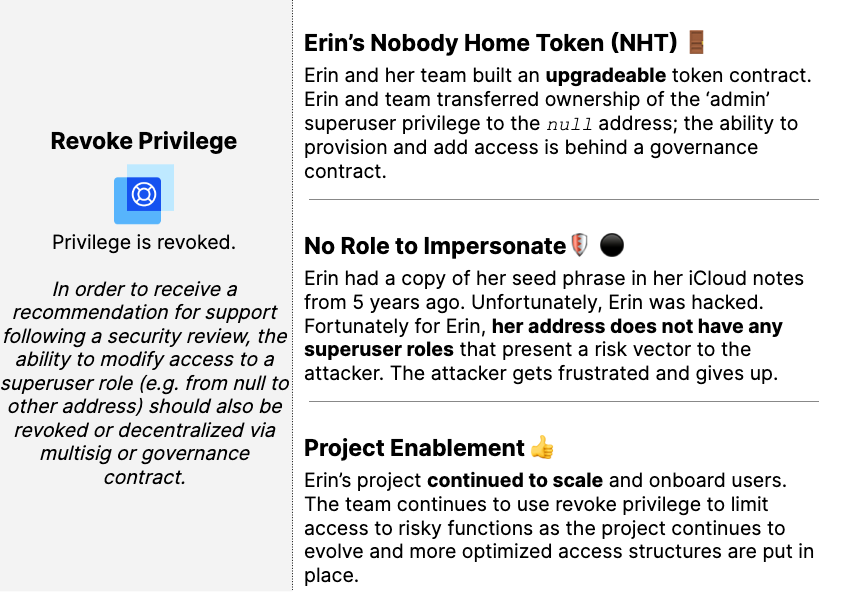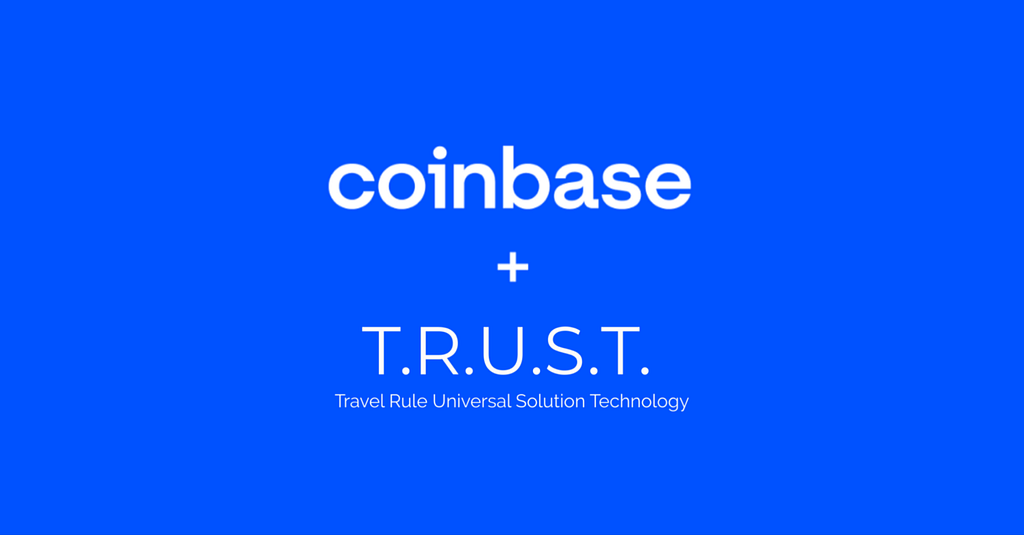Coinbase Cloud launches Solana Archival Nodes to empower the Solana developer community
by Coinbase Cloud team
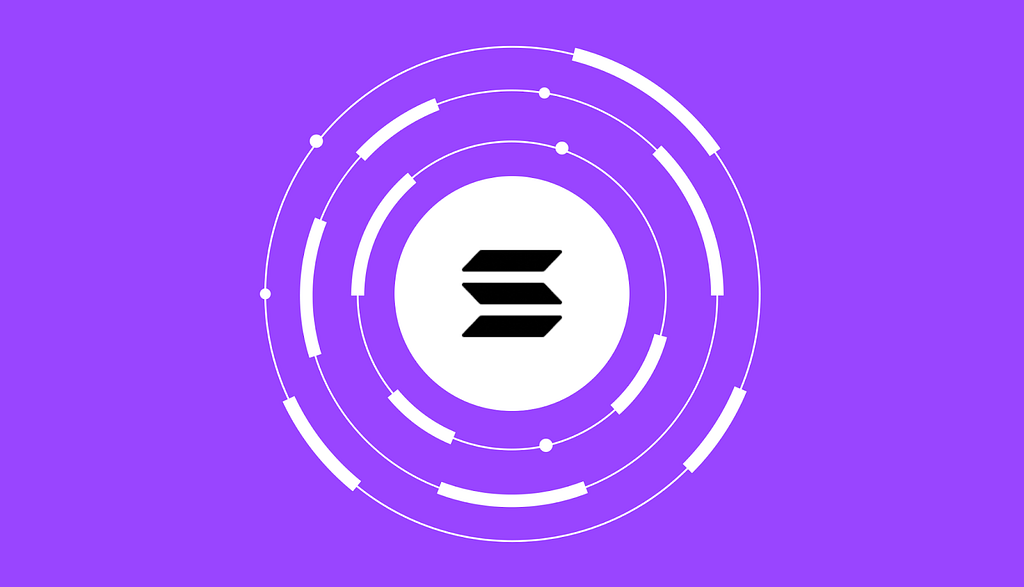
Coinbase Cloud’s Solana Archival Nodes can examine historical address balances, run complex queries, and simulate the blockchain state at any given point in the chain’s history.
Coinbase Cloud previously launched secure, dedicated Solana infrastructure nodes via Query & Transact, allowing builders to access and verify data and transaction information from the Solana blockchain.
Today, Coinbase Cloud is expanding that offering with the launch of Solana Archival Nodes. Managing archival nodes in a scalable way is technically challenging due to Solana’s high throughput design (~2–3 blocks/sec) and large data footprint (~100TB for all historical data).
We’re excited about helping to empower developers to build better products and services that contribute to the growth of the Solana community!
Solana Archival Node Highlights:
- Built for builders: Solana builders can let Coinbase Cloud do the heavy lifting and access the archival data they need.
- Built with Solana expertise: Coinbase Cloud’s Solana archival node infrastructure is built with deep understanding of the Solana network. We operated one of the first validators on Solana on the Tour de Sol testnet, and have since been running validator and read/write node infrastructure.
- Cloud-based, reliable infrastructure: Coinbase Cloud’s multi-cloud, multi-region infrastructure is architected to minimize downtime risk, and let you access data without skipping a beat.
- Security-first: Coinbase Cloud’s infrastructure is built to meet or exceed the security needs of highly regulated institutions.
- Designated support: Our engineers and customer success team are ready to assist you in managing your infrastructure.
Solana: a high-performance blockchain
Solana is an open source, high-performance, permissionless blockchain that uses highly scalable technology to prioritize transaction throughput, the ability to process a large number of transactions in a short span of time. Solana is currently able to process more than 50,000 transactions per second.
Secure, reliable, and easy-to-use infrastructure is critical for the continued flourishing of the Solana ecosystem. Solana’s high throughput capacity is well-suited for many use cases including trading. The high throughput capacity also requires expertise in developer operations and hardware selection to run a performant node. Nodes require powerful hardware, extremely high bandwidth, and significant protocol expertise to manage participation.
Coinbase Cloud has collaborated closely with the Solana team to support the network as it is growing and scaling securely. We operated one of the first nodes in Tour de Sol, Solana’s incentivized testnet. Since mainnet beta launch, we have helped our clients manage the complexity of participation with secure, tested validator infrastructure run by seasoned protocol engineers and specialists.
Now, we are expanding our Solana offerings to include our Solana Archival Nodes to empower developers interested in building on the blockchain.
Solana Query & Transact: run reliable, secure read/write nodes to build applications and services
With Query & Transact, developers interested in building on Solana can easily run read/write nodes, access data from the blockchain, and build applications and services that connect to Solana.
Even for highly technical teams, running nodes can be an expensive, time-consuming process. It requires strong protocol expertise, staying up-to-date with the latest network changes, and scaling infrastructure to manage potential changes in throughput. These demands are particularly true for Solana read/write infrastructure, given the higher throughput capacity than other protocols.
Coinbase Cloud’s Solana Query & Transact alleviates this challenge and makes it easier to build on Solana. Developers and enterprises interested in building applications and services connected to the Solana network can easily manage their infrastructure from a single platform, and quickly scale their infrastructure based on changing throughput requirements.
Why run Solana Archival Nodes with Coinbase Cloud?
We are infrastructure experts with a deep understanding of the Solana network. With Solana Archival Nodes running on Query & Transact read/write infrastructure, you can focus on your product and customers instead of core node infrastructure.
- High uptime: Our Query & Transact read/write nodes are built on multi-region cloud infrastructure, with 99.9% uptime guarantee.*
- Easy-to-use platform: We make participation and building on blockchains simple, including more complex networks like Solana. You can manage your node infrastructure easily from a single dashboard.
- Dedicated support: Our engineers and customer success team are ready to assist you in managing your infrastructure.
Get in touch with us about our Solana products:
- Solana Participate (staking infrastructure): Secure validator infrastructure to participate in the Solana network.
- Solana Query & Transact (read/write infrastructure): Read/write infrastructure to access data from the Solana network, verify information and transactions, and build products and services that run on Solana.
*subject to the terms and conditions set forth in our SLA, some exceptions apply
Disclaimers
This document and the information contained herein is not a recommendation or endorsement of any digital asset, protocol, network, or project. However, Coinbase may have, or may in the future have, a significant financial interest in, and may receive compensation for services related to one or more of the digital assets, protocols, networks, entities, projects, and/or ventures discussed herein. The risk of loss in cryptocurrency, including staking, can be substantial and nothing herein is intended to be a guarantee against the possibility of loss.
This document and the content contained herein are based on information which is believed to be reliable and has been obtained from sources believed to be reliable, but Coinbase makes no representation or warranty, express, or implied, as to the fairness, accuracy, adequacy, reasonableness, or completeness of such information, and, without limiting the foregoing or anything else in this disclaimer, all information provided herein is subject to modification by the underlying protocol network.
Any use of Coinbase’s services may be contingent on completion of Coinbase’s onboarding process and is Coinbase’s sole discretion, including entrance into applicable legal documentation and will be, at all times, subject to and governed by Coinbase’s policies, including without limitation, its terms of service and privacy policy, as may be amended from time to time.
Coinbase Cloud launches Solana Archival Nodes to empower the Solana developer community was originally published in The Coinbase Blog on Medium, where people are continuing the conversation by highlighting and responding to this story.

